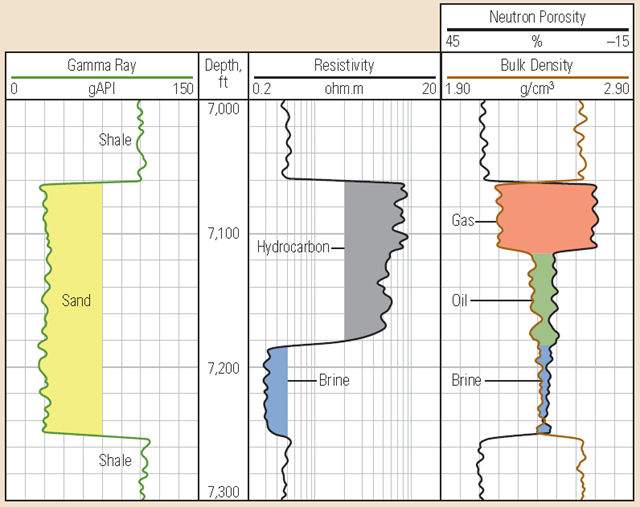Applied Petrophysics: Step-by-step petrophysical interpretation in a carbonates field to understand high water production

I like to believe that depending on the specific needs and goals, each reservoir needs a customized characterization workflow. In the case presented in this post, the goal was to understand the reasons behind the high water production in 3 recent drilled wells:
- Well 1: Decent initial hydrocarbons production followed by lots of water.
- Well 2: Lots of water.
- Well 3: Low rate – mainly water, some hydrocarbons.
In order to accomplish the goal, a step-by-step petrophysical characterization is presented including the following aspects: Lithology, Porosity, Water saturation, Permeability, Fractures and secondary porosity, and capillary pressure.
There are other aspects from different disciplines that could be integrated to this post, but I wanted to keep the emphasis on applied petrophysics.
Actions taken as a consequence of the findings described in this post added significant economic value to the project.





